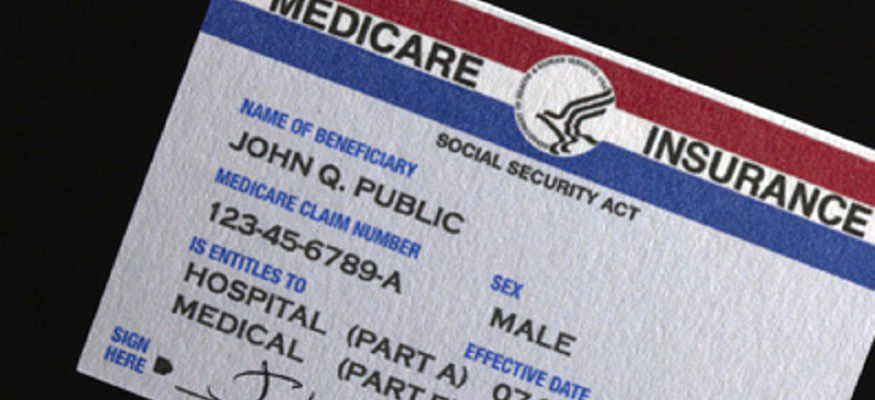The Centers for Medicare & Medicaid Services (CMS) are removing Social Security Numbers from Medicare…

New Coverage Options for 2019: Short-Term Plans are Back
An important insurance change for those under 65: short-term insurance plans are back!
Federal lawmakers ruled to allow people to buy short-term, limited-duration health coverage that lasts up to 12 months and can be renewed for an additional, maximum of 36 months.
Previously, the Affordable Care Act limited these plans to a maximum of three months of coverage, renewable for another three months depending on the insurance carrier. This decision comes after lawmakers saw expansion of these plans as a way to make healthcare coverage more affordable for people who have been priced out of the individual market.
“Americans have seen insurance premiums rise and choices dwindle,” said Health and Human Services Secretary Alex Azar in a press release. “These plans aren’t for everyone, but they can provide a much more affordable option for millions of the forgotten men and women left out by the current system.”

These plans will be available for the 2019 open enrollment period and some insurers will have them available as soon as October 2. However, states do have the final authority to apply the new federal regulations or create their own.
Impact
The Center for Medicare & Medicaid Services says it expects about 200,000 people to switch from their individual coverage to a short-term plan and nearly 600,000 additional people to enroll in short-term plans in 2019, with that figure reaching 1.4 million people by 2021.
As for the impact on 2019 ACA Exchange premiums, the CMS projects premiums to rise by 1 percent and net premiums to decrease by 6 percent; this translates to little change and not much impact for 2019 premiums. However for 2020, projections speculate this change will have a larger impact on plan rates with premium increases and insurers leaving the ACA market.
What’s Covered
An important fact to note about these short-term plans is that these policies are exempt from following certain ACA protections; they are not required to cover the pre-existing conditions requirement or essential health benefits requirement.
Coverage can be denied based on medical history, premiums can be higher based on health status and plans don’t have to cover certain services like prescription drugs or maternity care. Short-term plans also typically limit the out-of-pocket maximum per term, but they limit the maximum amount an insurer will pay out per plan term.
Insurers are required to identify coverage exclusions or limitations related to pre-existing conditions, and they have to disclose what health benefits are covered. It can be easy to miss what these policies do and do not cover, so it is important to work with an agent who understands the fine-print involved with this type of coverage.
“We make no representation that it’s equivalent coverage,” said Jim Parker, senior advisor on health reform to Health and Human Services Secretary Alex Azar. “These policies will not necessarily cover the same benefits or extend coverage to the same degree, but what we do know is that there are individuals today who have been priced out of coverage because of the way the ACA has been implemented and the effects that it’s had on the market.”
Cost
Previously, the individual-mandate penalty made enrolling in a short-term plan costly due to plans not meeting the minimum essential coverage under the ACA; consumers still faced the tax penalty even though they had coverage.
With the repeal of the penalty starting in 2019, short-term plans will become more accessible.
They can provide coverage for people transitioning between jobs, students and families without access to subsidized ACA plans. In 2016, the average monthly premium for an individual with a short-term policy was $124, compared to $393 for an unsubsidized individual market plan.
“FHK certainly realizes that these plans are meant for a specific person, mostly a low utilizer with very good health. The cost is attractive, but each person needs to understand fully the risk they are taking with these plan designs,” says J.J. Kravit, Vice President of FHK Insurance.
To stay up to date as more information is released about this important insurance update follow us on Facebook and follow our blog.
